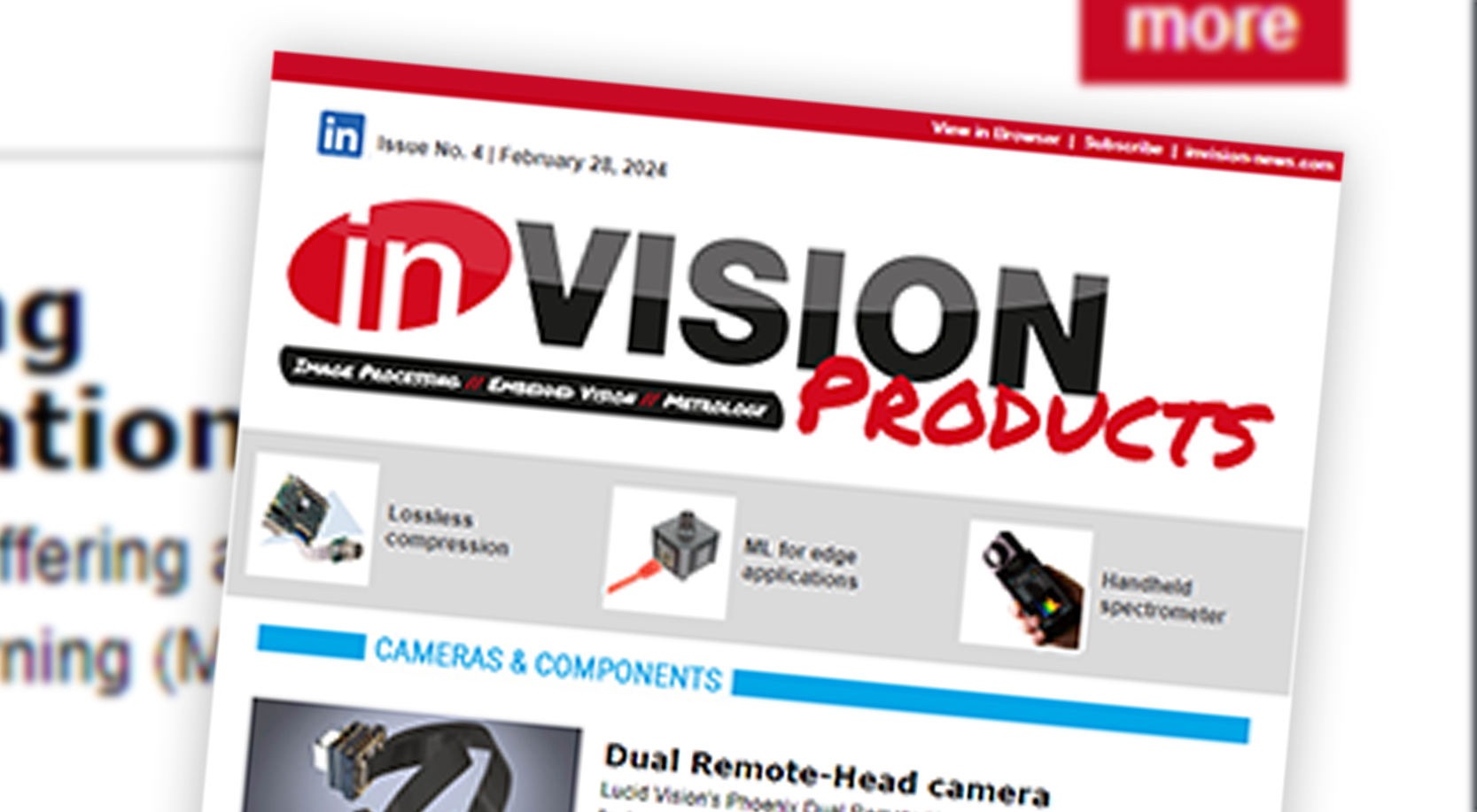The future of CoaXPress
CoaXPress group is working at CoaXPress 1.2 and 2.0
Since it has been approved as an official standard in 2011, CoaXPress (CXP) has gained a significant status in the machine vision ecosystem. Numerous compliant products (cameras, cables, frame grabbers, converters, repeaters…) are now available and adopted by machine makers and system integrators worldwide. Moving forward, the CoaXPress workgroup is currently working on CoaXPress 1.2, as well as the next significant evolution of the standard, CoaXPress 2.0.
CoaXPress 1.2
CoaXPress carries high-definition high-frame-rate video over standard coaxial cables. Compared to traditional video transport standards such as SDI (and HD-SDI as well as 3G-SDI), it provides the significant advantage of supplying power to the camera (PoCXP, Power over CXP) and controlling the camera, all over the same cable. CXP is then used to transport video in applications such as in-vehicle monitoring or in other defense and military applications that require high levels of robustness and resistance to high and low temperatures. Beside technical clarifications and corrections of the specification, CoaXPress 1.2 introduces the use of a screw-on coupling DIN 1.0/2.3 connector, which will ensure additional robustness against shocks and vibration.
CoaXPress 2.0
The main factor driving the adoption of CoaXPress in the vision inspection machine market is the bandwidth that it provides, putting the next generation high resolution and high frame rate cameras within reach. A major feature of the next revision of the standard, CoaXPress 2.0, is the increase of the maximum connection bit rate to 12.5Gbps. Currently, the maximum data rate over a single connection is 6.25Gbps (CXP-6). The next revision of the standard will specify two additional data rates, CXP-10 (at 10Gbps) and CXP-12 (at 12.5Gbps). The target of this evolution is twofold: Increase the maximum bandwidth available: With four cables and CXP-12 connections, the maximum data transfer rate will be 50Gbps, or 5GByte/s. For example, this is sufficient to operate a 10Bit 12MP-area-scan sensor at more than three hundred images per second, or an 8Bit 16k line-scan sensor at 300 thousand lines/s. Cost reduction: Most of the CoaXPress cameras available today need two or four connections. Increasing the connection bandwidth will reduce the number of connections (and frame grabbers) and cables required per camera, as well as the total cost of the system.












